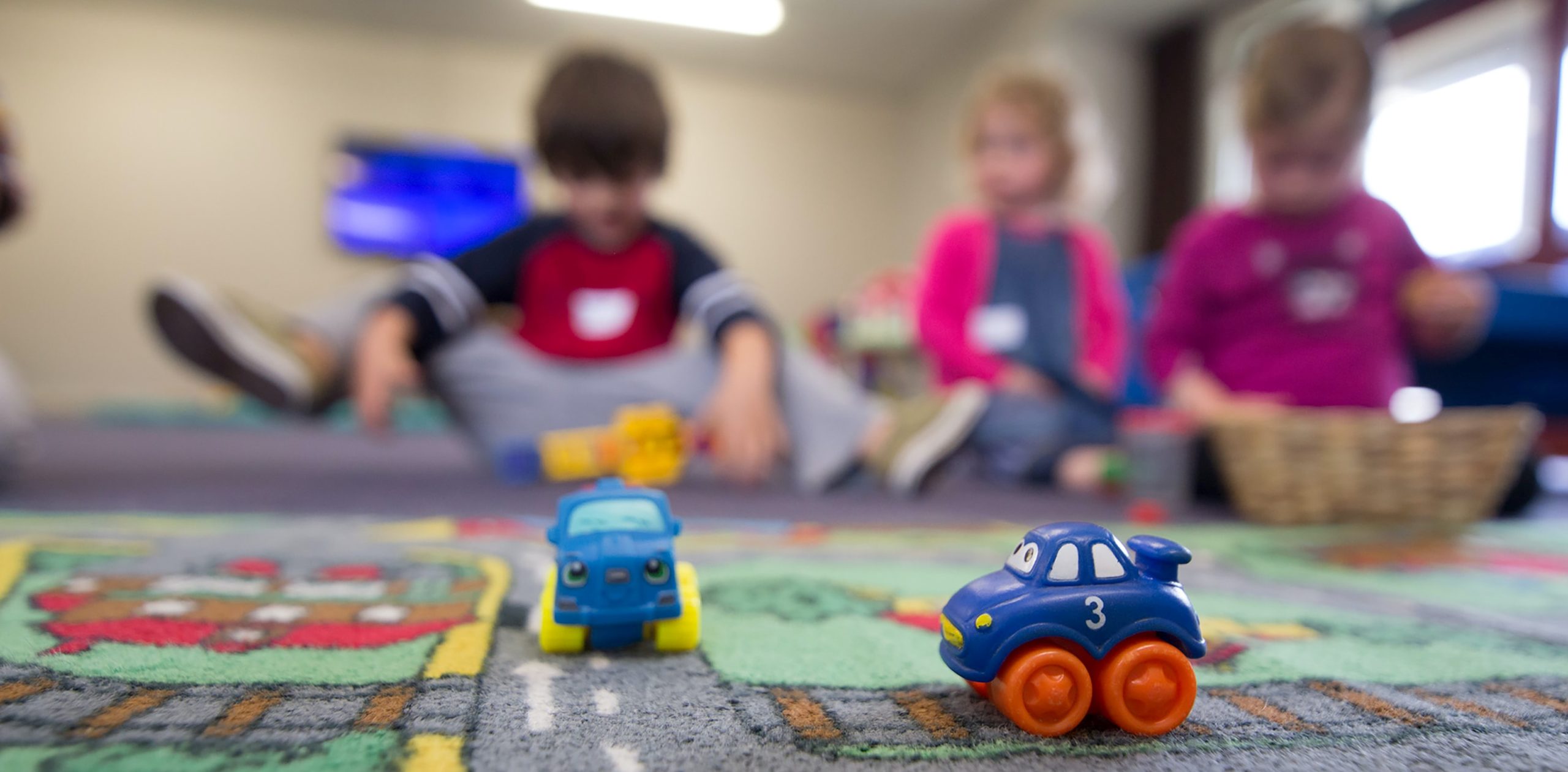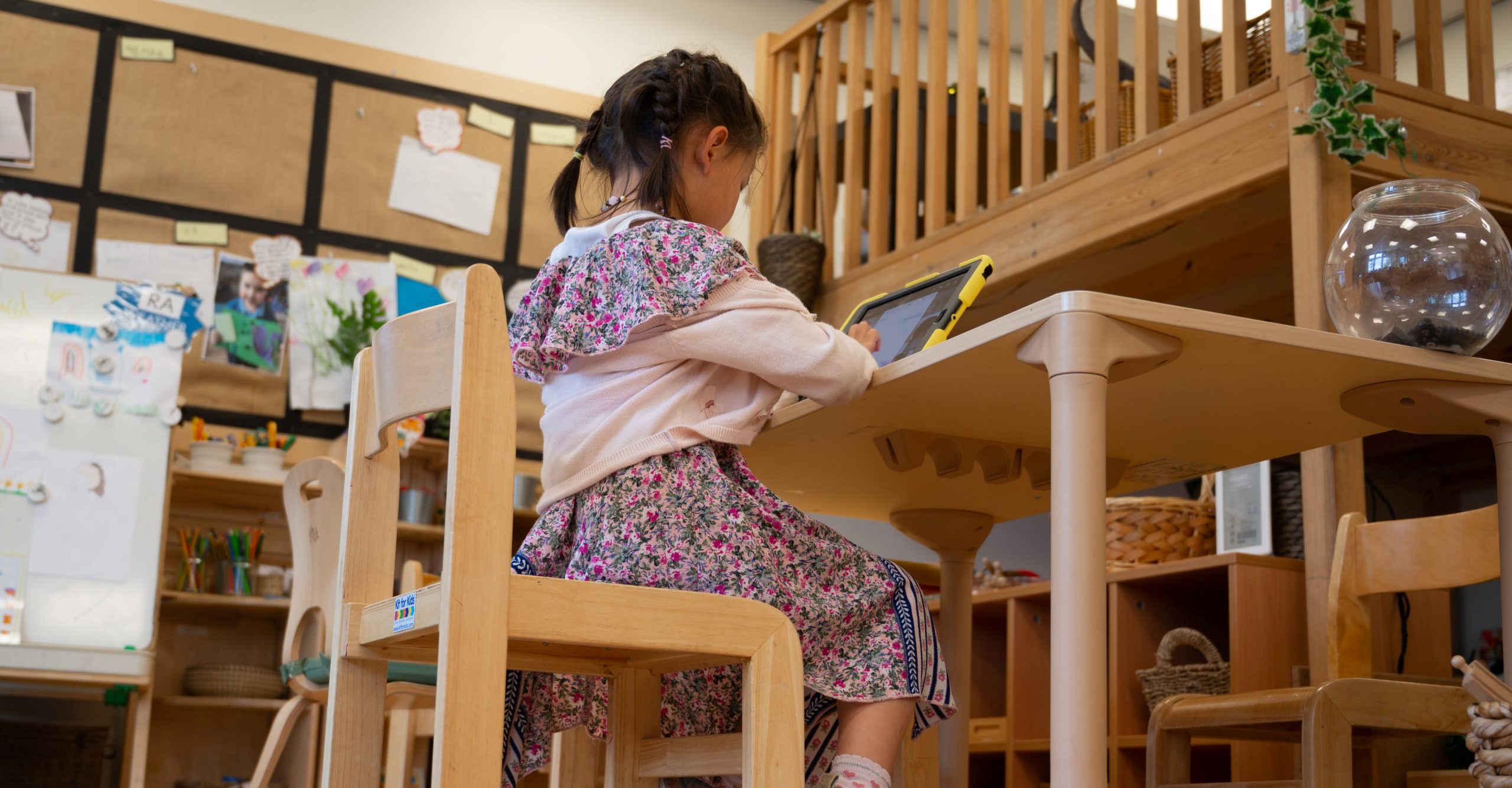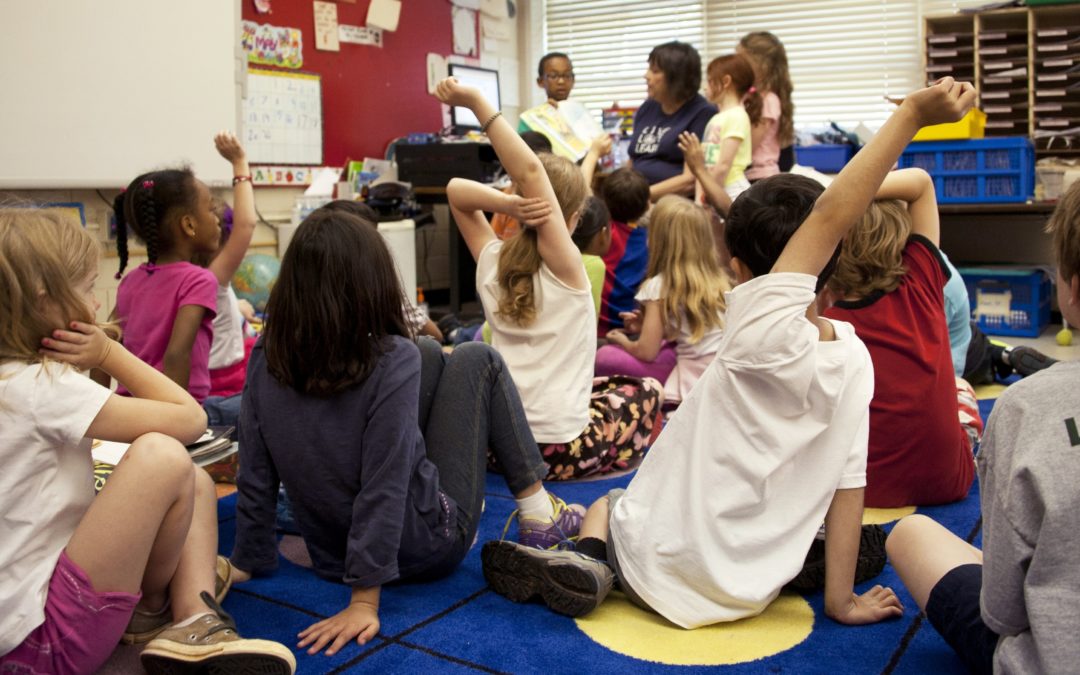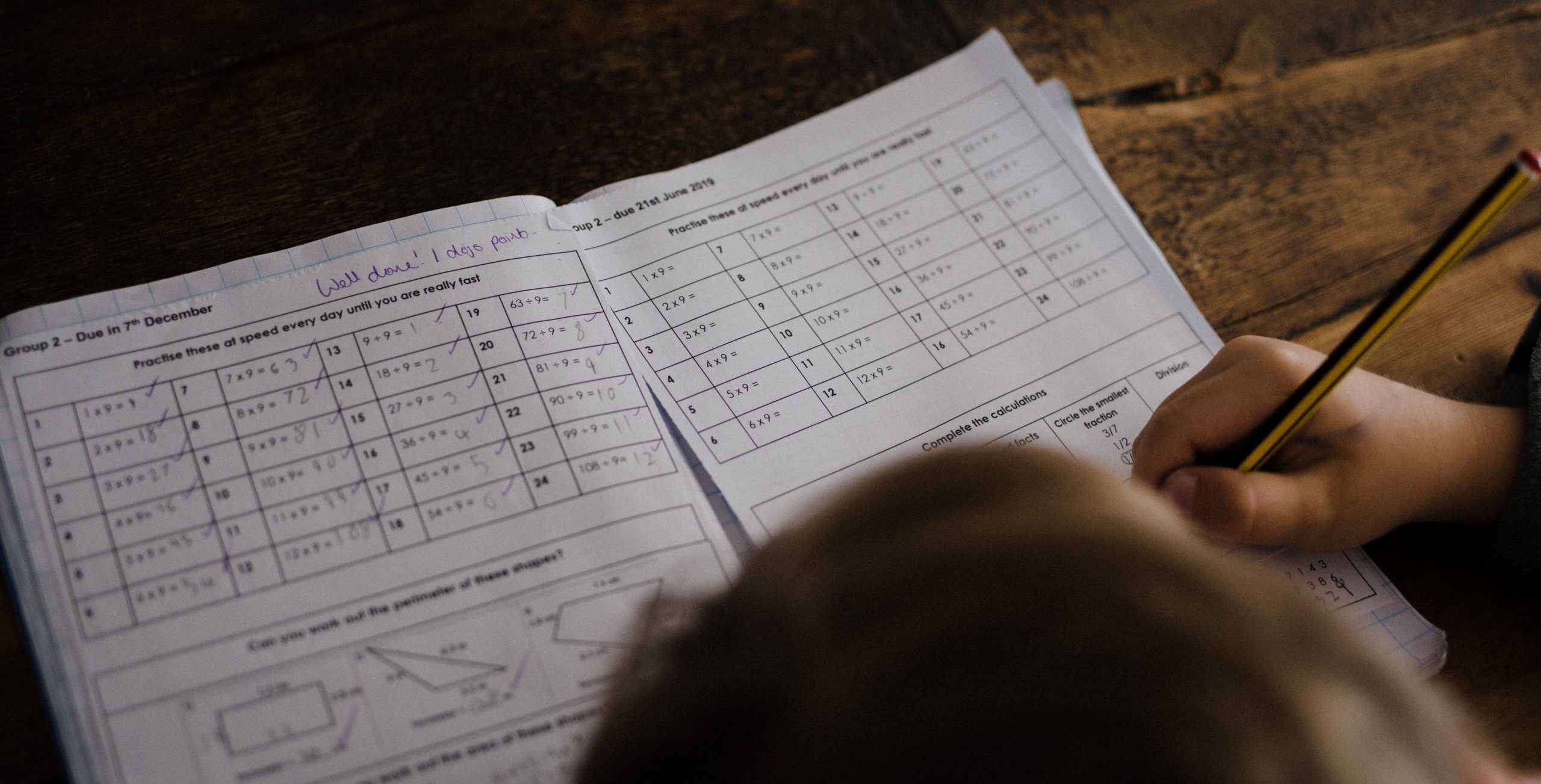
by rossanahead | Mar 14, 2011 | children, Education, woman
By Bubbles Salvador
My son is barely two and people have been asking me, “Where are you sending Luis to school next year?”
I remember very little about my preschool years but I do know that I was only in a kindergarten class before I went to first grade. I didn’t even attend nursery class like most of my classmates did. Although I didn’t graduate a cum laude from college, I think I’m okay.
So you understand the baffled look on my face when people would ask me that question. “But he’ll only be three!” I’d say. And then sometimes I would get these mortified looks that seem to say, “Que horror! You mean you’re not sending your son to playschool?”
I know of moms who sent their kids to school at two years old, and the kids are turning out to be brilliant. On the other hand, a guy I know only went to preparatory class before first grade, and he placed tenth in the medical board exams after college. I think the cliché “case to case basis” applies here.
So what will it be for Luis? The truth is, I don’t know. Yet. It seems horrible for a parent not to have any plans for her child’s education. But the question of whether we are sending him to playschool at three years old is something my husband and I are still mulling over.
There’s this mom I know who started home schooling her son when he was three, before she sent him to a regular preschool. I have to say that this is a tempting, not to mention a very inexpensive, option. I heard that the tuition fee in playschools could run up to a hundred thousand per year.
Oh, but lucky for us, we have one more year. How about we wait and see?
Photo by BBC Creative on Unsplash

by rossanahead | Mar 13, 2011 | Education, Gina Abuyuan, parenting, woman
By Gina Abuyuan
Traditional or progressive schools—what’s best for your child?
I am obviously an advocate of the more “progressive” route. Some parents even call it “un-schooling.” My teen goes to a high school that focuses on junior entrepreneurship; my twins attend a blended schooling program that puts together the experience of classroom, online, and homeschooling. I don’t believe that rote memorization or rules to conform will make my children achieve their best potential.
However, progressive schools aren’t for all; depending on what you envision your child to be in the future, among others, he or she may just fit in a traditional school.
Consider:
- Your child’s personality. Many counselors, educators, and human resource experts usually refer to the Myers-Briggs Type Indicator assessment to determine what tasks or duties best fit individuals (it’s also got a version for pre-teens). Your child can be an extravert, intravert, sensing, intuitive, thinking, feeling, judging, or perceiving type. Extraverts like to talk and thrive in groups, which may make them shine better in bigger classes; intuitive types do well in environments that encourage original ways to solve problems (which is offered by non-trad schools). Kids who are “feeling” like to relate to other people and dislike teachers who are distant; judging types are organized who have no problem with defined tasks, which is clearly apparent in traditional environments.
- What matters to you? Traditional schools offer standardized tests to know your child’s educational standing. Kids are grouped by age and academic standing. Since traditional schools’ names are already established, they offer the appeal of more job opportunities later on. If you and your husband are of the type to value social connections, or acknowledge what “the old boy network” can offer, then traditional schools may just be for you.
- Your time. Progressive schools call for a lot of parent involvement. As I said in my previous post, I’m quite hands-on and take my kids out on self-imposed field trips to give them the experience that the classroom is beyond the four walls of whatever school building or institution. But I can do this because I work from home and my schedule is flexible. When I was working fulltime, I let the teachers do the teaching. Even when my daughter was going to a progressive school, I seldom sat down with her to discuss her lessons. I did go to school activities, but that was it.
- Your child’s cues. If you can see your child enjoying going to a traditional school, if he isn’t dragging his feet and complaining and making excuses not to go, then that means he’s happy and content. But, if he displays any extreme behavior—“ cannot cope in his current classroom setup…a highly populated school or one with conventional rules and regulations; is having academic performance difficulties; is disruptive or disorderly…; shows signs of emotional maladjustment such as anxiety, loss of sleep or loss of interest,” according to an article written by Karisma Kasilag for HIPP Magazine—it’s time to switch.
Good luck!
Photo by Andy Falconer on Unsplash

by rossanahead | Mar 9, 2011 | Education, Gina Abuyuan, parenting, woman
By Gina Abuyuan
On my Facebook account, I recently posted an old article we ran in the now defunct HIPP (Happy, Intelligent, Progressive Parenting) magazine. It’s about choosing between traditional and progressive schools, and how to find the perfect fit for your child.
Surprisingly (well, to me at least), it earned quite a response: parents who had already decided on a route, parents embarking on the new journey of school-hunting, even non-parents threw in their two-cents’ worth on the subject. It was clearly a much-talked about topic among the Gen X and Gen Y parents; this issue didn’t even exist during our parents’ (the baby boomers) time. All our folks knew was that their kids were going where THEY went to school—it was to continue a “tradition,” which may or may not have afforded their kids (us) the best environment where we could shine. It was a different time and world: kids were boxed in a certain mold of being “smart,” and sometimes assigned the label of “not-so-smart” if he or she didn’t fit in that mold or expectations of society. Excellence was measured by the ability to memorize facts and sticking to the rules without the added value of critical thinking. Learning was limited to the four corners of the classroom—and perhaps extended to the home, but under a tutor’s guidance.
But that was then, this is now.
Gen X and Gen Y parents have so much access now to so many different kinds of education and learning. There are so many different ways to make a child thrive intellectually, socially, psychologically, physically. Obviously, I advocate non-traditional schooling. All my kids attend progressive schools. My seven-year-old twins attend a blended program—I like to call it semi-homeschooling—which gives them two days of “school,” learning under teachers who teach them the regular required DepEd subjects, and one day of enrichment classes (art, nature appreciation, writing). The rest of the week is spent learning with me—not hunched over textbooks and quiz papers, but doing online math games, going on virtual tours of the MOMA, or plain going out on self-imposed field trips. Some can even call it un-schooling.
The point is that I get as involved as I can in their learning and am witness to the beauty of wonder in their eyes and their rapt attention as we walk through Intramuros or the Manila Seedling Bank or wherever. More often than not, I learn alongside them. I personally believe it’s a path every parent should try, at least for a year.
Of course, non-traditional schooling is not for every child, or for every parent. Deciding on the manner of education that you give your child will have to be in line with your values as a family, and your children’s personal inclinations.
More on that in my next entry.
Featured Photo by CDC on Unsplash

by rossanahead | Mar 9, 2011 | Education, Lyra Pore, parenting, woman
By Lyra Pore
“Mom, if 5 ¾ is ½ of a certain number, what would that number be?” That’s my daughter asking me from the back of the car. I’m driving with my three kids, aged ten, six and one– and watching other cars while trying to change lanes just isn’t the best time to work out fractions.
There’s hardly a “best time” though to help my children with homework. I’m a full-time editor in the Australian office of a multinational publishing company. I get home from my office in Sydney’s North Shore just in time for dinner and for a quick chat with the family before I put my youngest daughter to bed. That’s why we talk about school every chance we get: in the car, in the parking lot, in the playground, anywhere.
“Off the top of my head, I can tell you it’s 11 ½,” I reply to the fractions question, having just steered the car to the right when another driver gives way. “But there’s a correct way to do it. It’s important that you know the process, so you can work it out regardless of what fraction is thrown at you. We’ll talk about it later.”
It’s easy enough to calculate halves and quarters without pen and paper, but I admit I don’t always have a ready answer to all my daughter’s questions. Thankfully there are lots of resources on the Internet to help parents like me cope with challenging Math questions.
“There’s something I want to show you,” I tell her that night, turning on the laptop in her bedroom. I type the URL http://www.mathsisfun.com in the browser, which brings us to a Web site that explains Math in a language that elementary and high school students can understand easily. It provides simple, easy-to-follow, step-by-step instructions on a variety of problems from numbers to algebra, data, and geometry to measurement. There are games and worksheets too. I click on the Fractions Menu and there we find a quick guide to working with proper, improper and mixed fractions and how to simplify, compare, add, subtract, multiply, divide and convert them to decimals or percentages.
“I’ll put this in your ‘Favorites.’ When you have a Math problem, we will look it up here.” Today when I can’t give a quick response to her questions, we save the discussion for when we get home–and out of the car.
Photo by Annie Spratt on Unsplash




